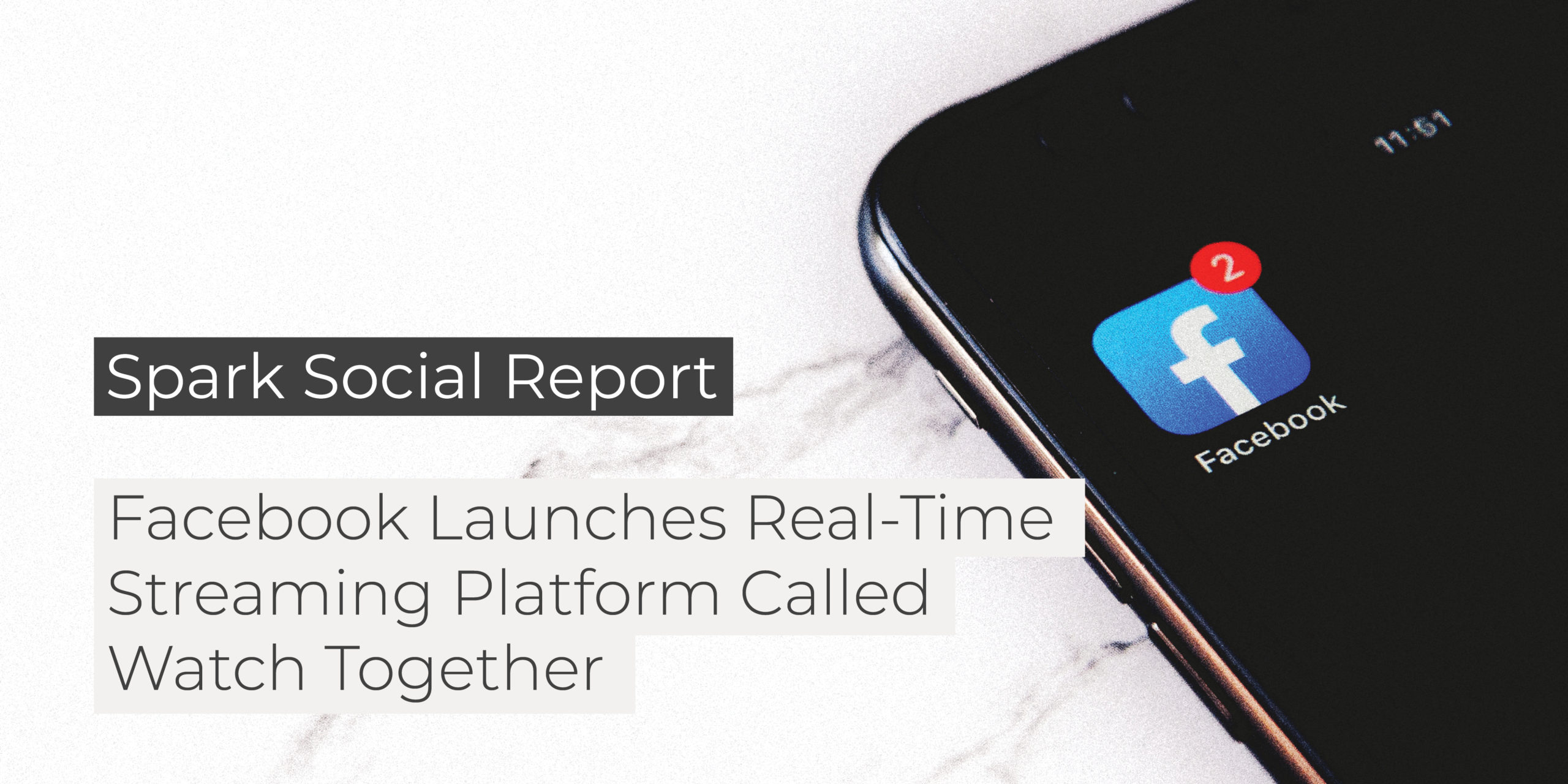Welcome back to another week of social media updates in Spark Growth’s Spark Social Report! This week, Facebook announces its new “Watch Together” feature for Messenger and YouTube is planning to launch its own version of Stories. It’s been a busy week of social media updates so keep reading to catch up on all of them!
On September 15, Facebook announced that it is launching a new Climate Science Information Center which will help users get accurate and timely climate information. Climate Science Information Center is available on the app and was designed in a similar way to Facebook’s COVID-19 Information Center. Showcasing information from a variety of reputable sources, Facebook aims to help users curb global warming and prevent health-related hazards. The update will be available first in France, Germany, the U.K., and the U.S.
In light of social distancing, this next new Facebook update aims to bring you closer to your friends and family right from the comfort of your own home. The social networking site announced Watch Together, a new feature for Messenger that lets users enjoy Facebook Watch videos in real-time with everyone on their friends’ list. Watch Together can be accessed in a Messenger video call or Messenger Room by swiping up and selecting a video category, such as “Uploaded” or “TV & Movies.” The feature will be available globally this week on both the mobile iOS and Android app.
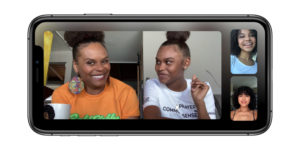
Next, the company also launched Facebook Campus, a platform that helps students connect with fellow students without physically attending school. Students can find classmates with similar interests and even participate in Campus Groups and Events. All they have to do is sign up for Facebook Campus by registering with their school email address and get their affiliation with the school verified.
Facebook’s next update will improve the gaming experience for all avid gamers out there! Although there is no confirmation on the release date, we thought we would still keep you in the loop. The company is planning to partner with big players in the music industry to allow Facebook Gaming Partners to customize their background music while live streaming games. This collaboration will give gamers an array of music genres to choose from, such as rock, pop, classics, EDM, hip hop, and more. Gone are the times when you had to put up with background music that didn’t match your taste or mood. You go, Facebook!
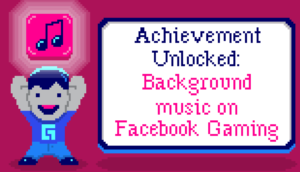
[Source]
Facebook is starting to make A/B testing easy for users. Facebook announced that it is in the process of introducing a new Organic Video Testing option within Creator Studio that will allow users to create experimental videos to find out which one works for their audience. Users can create up to 4 different videos and test with their audiences. These tests will be distributed among a set audience but not posted to the main page. Once, a certain post wins, it will be circulated beyond the initial audience. This tool will help users discover new trends and get better audience insights.
In honor of the Latinx and Hispanic Heritage Month, Facebook has launched some new features to celebrate the Latinx and Hispanic community and to help Latinx creators expand their network via Facebook. Firstly, it is adding new stickers created by Latinx illustrators to both Facebook and Instagram. Secondly, it is introducing a new AR camera effect that will add tints of green and yellow to users’ stories. Thirdly, it is also introducing a Latinx-themed 360 background for Messenger video calls.
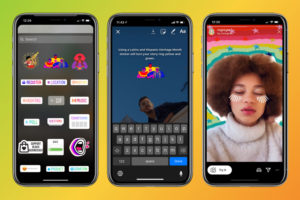
Facebook has decided to take the necessary steps to reduce the risk of unsafe ad placements on its platform. It has joined hands with industry partners like Trustworthy Accountability Group (TAG)–a global initiative fighting criminal activity in the digital advertising industry and Global Alliance for Responsible Media (GARM)–an enterprise working towards improving digital safety to create a more sustainable and responsible digital environment protecting the users.
Facebook has recently implemented automotive inventory ads that will make the lives of automobile marketers a lot easier. This feature allows car manufacturers and dealers to target potential buyers of vehicles by uploading the entire catalog of vehicles highlighting its features. How is this new feature different from Facebook’s original dynamic ads for auto? The update lets automobile dealers track the activity of users visiting automobile-related websites across the web—not just their own website.
Facebook is also promoting augmented reality by giving AR creators more platforms on which they can showcase their work. Now they can create AR effects by using Spark AR and Facebook’s AR program and these will show up both on the app and the device. From what we hear, the company is also working on AR glasses, with plans to release them sometime next year.
Instagram has finally announced its most requested feature of late–automatic captions for IGTV videos. On September 16, Instagram VP of product, Vishal Shah took to his Twitter feed to make the big reveal. Users can enable the feature by tabbing over to Settings and turning on video captions. As of now, the feature is available in 16 languages but the number may increase going further. Users who don’t have access to sound can benefit from this feature. This addition has also been aimed at increasing accessibility for hearing-impaired users.
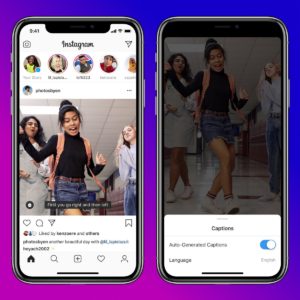
On September 15, about 50 days ahead of the presidential election in the United States, Twitter announced a new feature called the “Election Hub.” Users can find this new addition in the “Explore” section of the microblogging site. This is aimed at educating and encouraging eligible voters to actively participate in the 2020 elections. Election Hub will give voters accurate information and keep them updated about the election news. To promote transparency, the feature will live stream all major election events as they happen, including candidate debates.
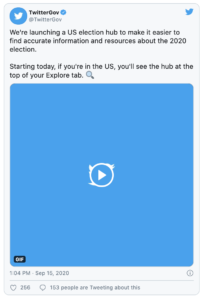
Next, Twitter is testing audio DMs with some users in Brazil. The “Audio messaging” feature enables users to record and send audio clips via direct message. As of now, it looks like the audio clips will be limited to 140 seconds. Creators at Twitter believe that this advancement will better Twitter experience for the visually-impaired.
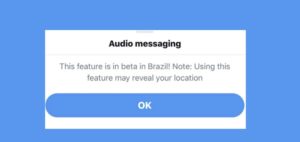
YouTube
On September 16, YouTube announced that it is adopting the advanced contextual targeting (ACT) strategy and expanding Neilson TV data to more countries. But wait! What is ACT? For the uninitiated, ACT is the practice of placing ads on webpages relevant to its content. This upgrade will benefit marketers as it will give them insights into what users are watching on YouTube and what all they are interested in. ACT is currently available in 10 markets, including Canada, India, Japan, and the U.K. While YouTube has had contextual targeting (CT) for a long time, this advanced technique helps marketers get specific and granular details about audience preferences. That’s a smart move, YouTube!
Make way for YouTube Shorts! The video-sharing platform has finally decided to join the short-form videos bandwagon. Similar to “Reels” found on Instagram, Shorts are 15-second videos. The purpose of Shorts is to let creators easily make and edit videos on their phones by combining strings of clips, adding music, and more. There’s even a timer and countdown feature for a hands-free recording experience. YouTube is currently testing a beta version of Shorts in India before launching it globally.
On September 11, Google announced that it is adapting to a new technique of tracking conversion rates of video ads. It can be tricky to measure click-through conversions because users don’t always click on ads to purchase a product or service. Sometimes, users will be influenced after viewing an ad, but purchase it later via another medium. However, Google is working on potential solutions. It unveiled that it will curate engaged-view conversions (EVCs) and make it a standard way of measuring conversions for skippable video ads. EVCs will be able to track who buys what product after viewing an ad by keeping tabs on their IP addresses.
Google has made online shopping even more convenient than you thought it already was. It recently added some listing options to Google Shopping that can help shoppers have a more satisfying shopping experience. Shoppers can now access the “Nearby” filter in the Shopping tab to look for stores in their vicinity. They can also look up store hours, delivery options, and also get a preview of available products at a particular store.
That’s all for this week’s Spark Social Report. For more up-to-date digital marketing news, make sure to follow Spark Growth on LinkedIn.
If your eCommerce brand is looking to make an impact online, book a consultation with our experts and let’s talk about how you can use social media marketing to reach your revenue goals.
href="#" data-color-override="false" data-hover-color-override="false" data-hover-text-color-override="#fff">Book your 30-minute consultation today!

